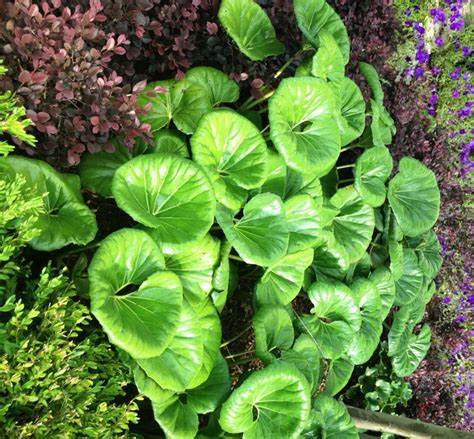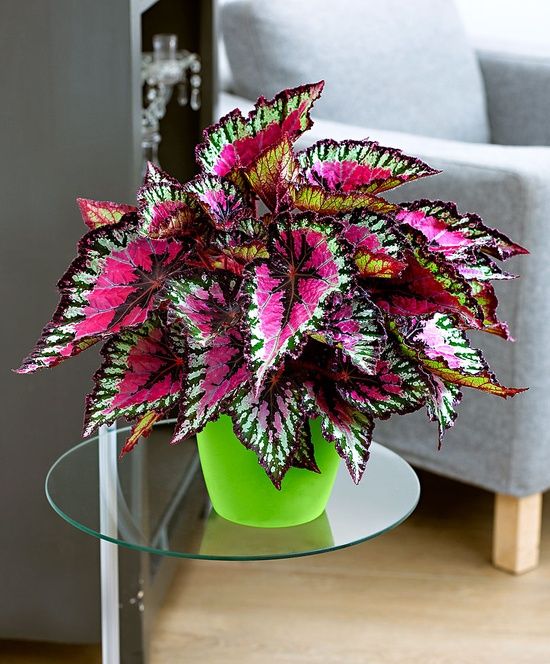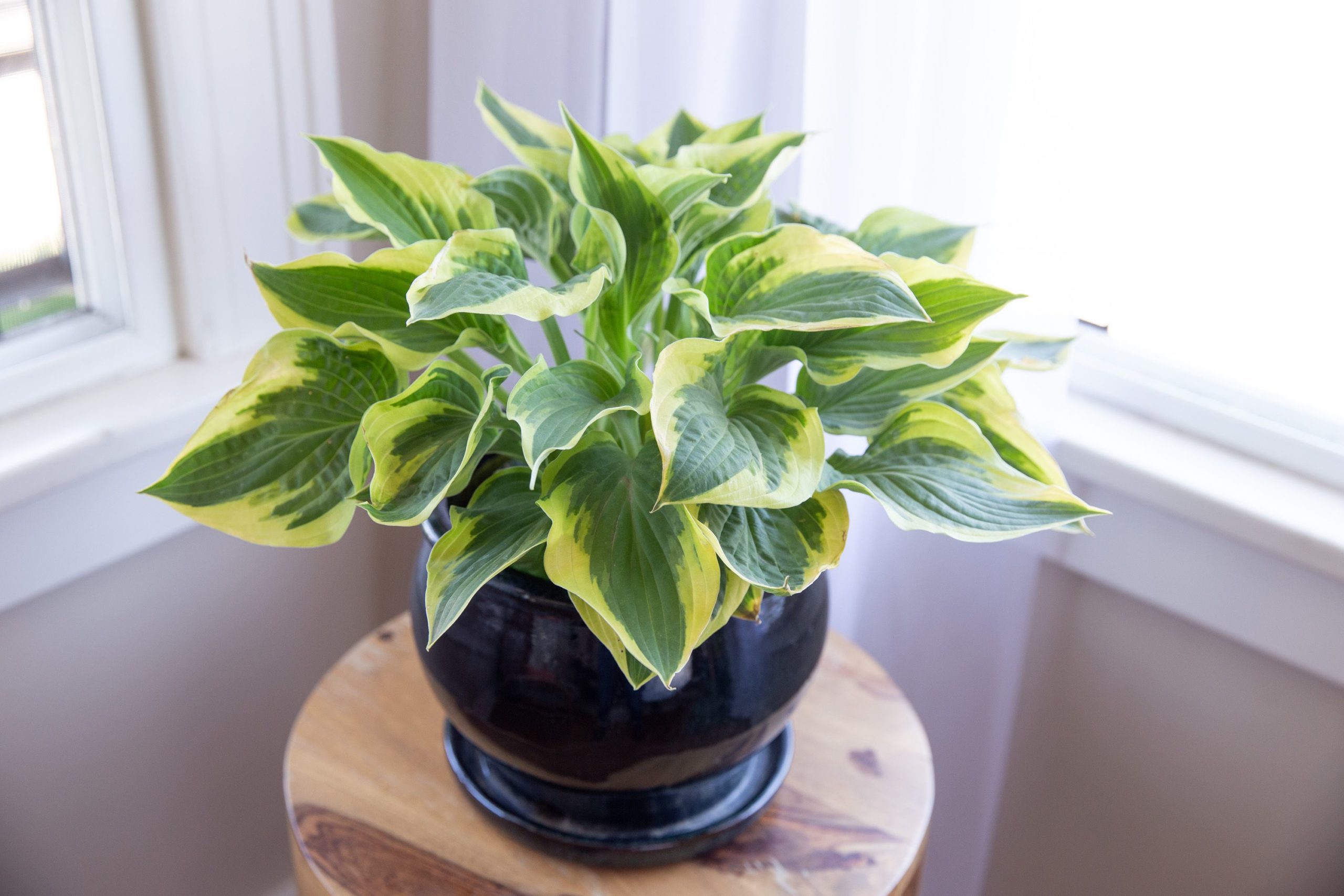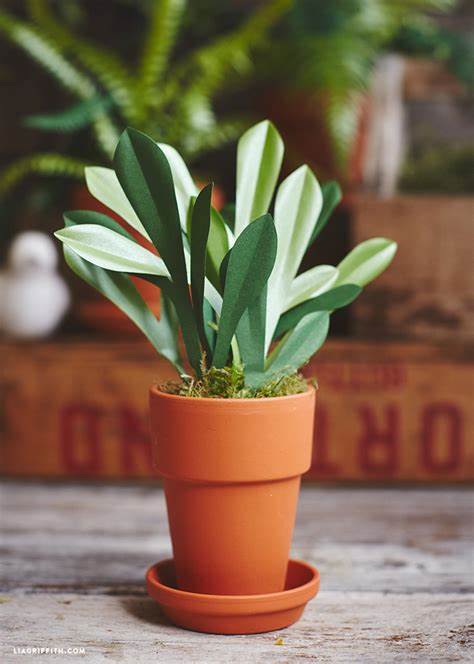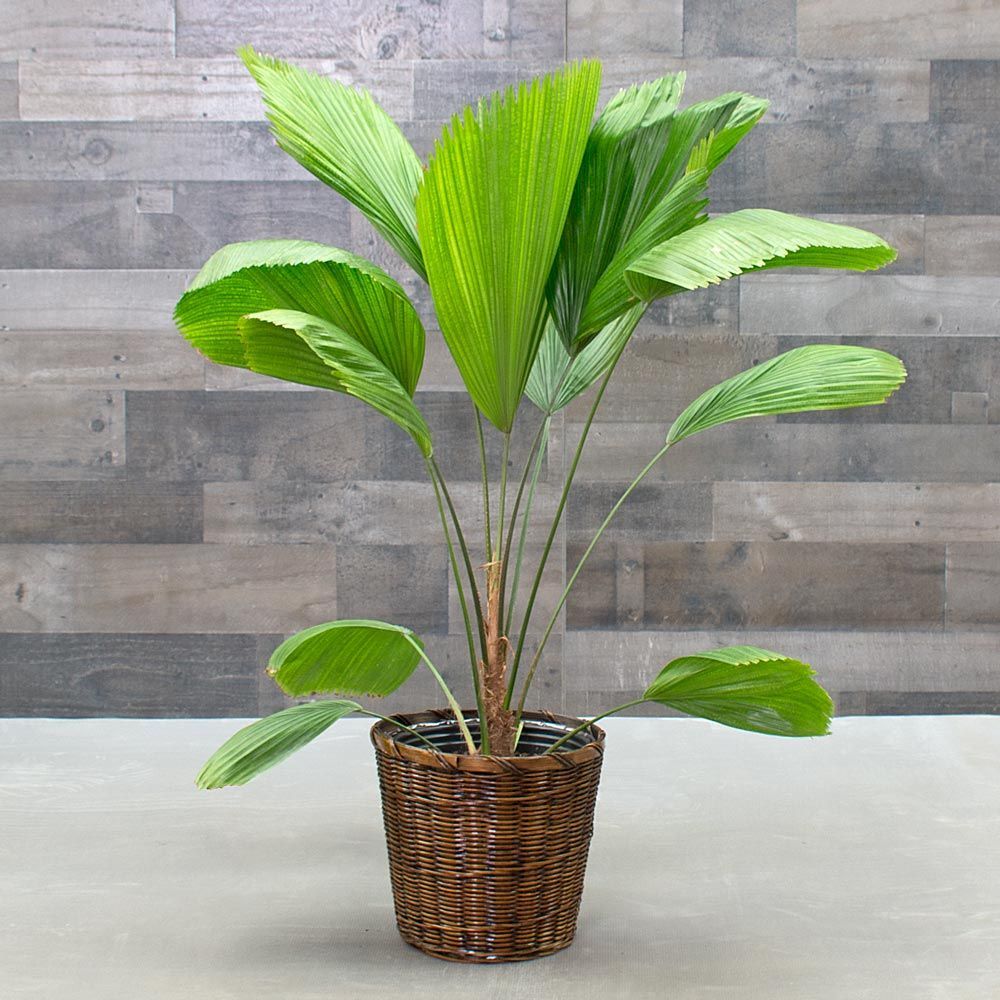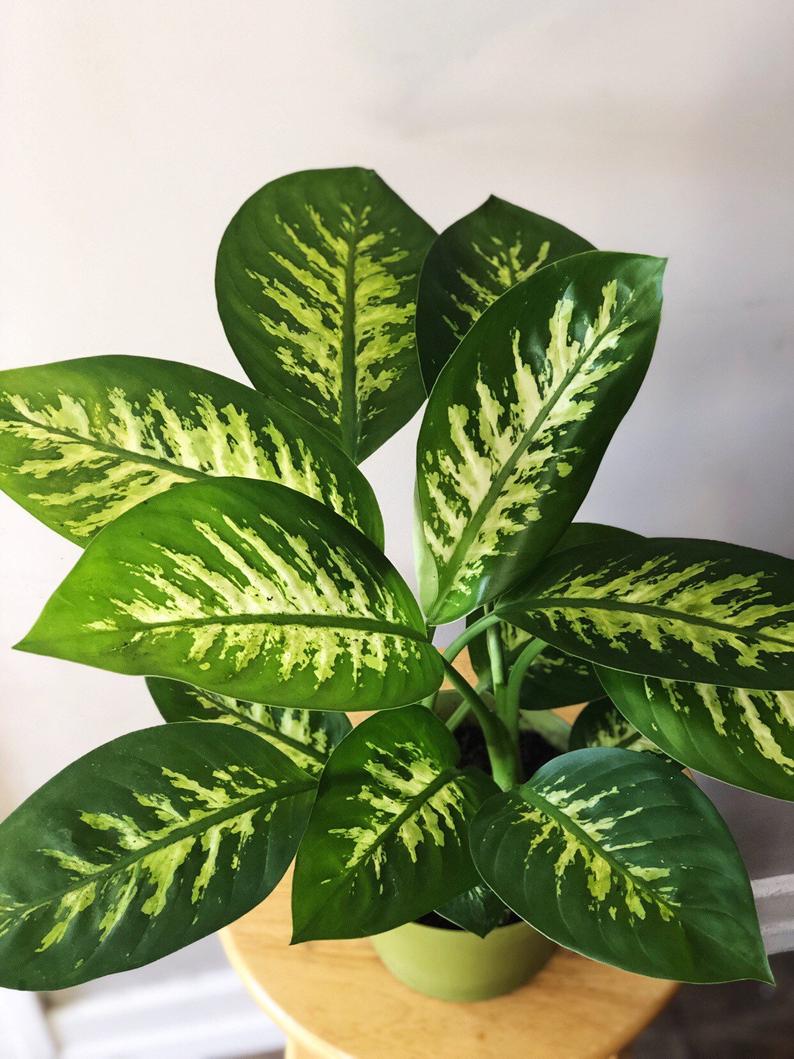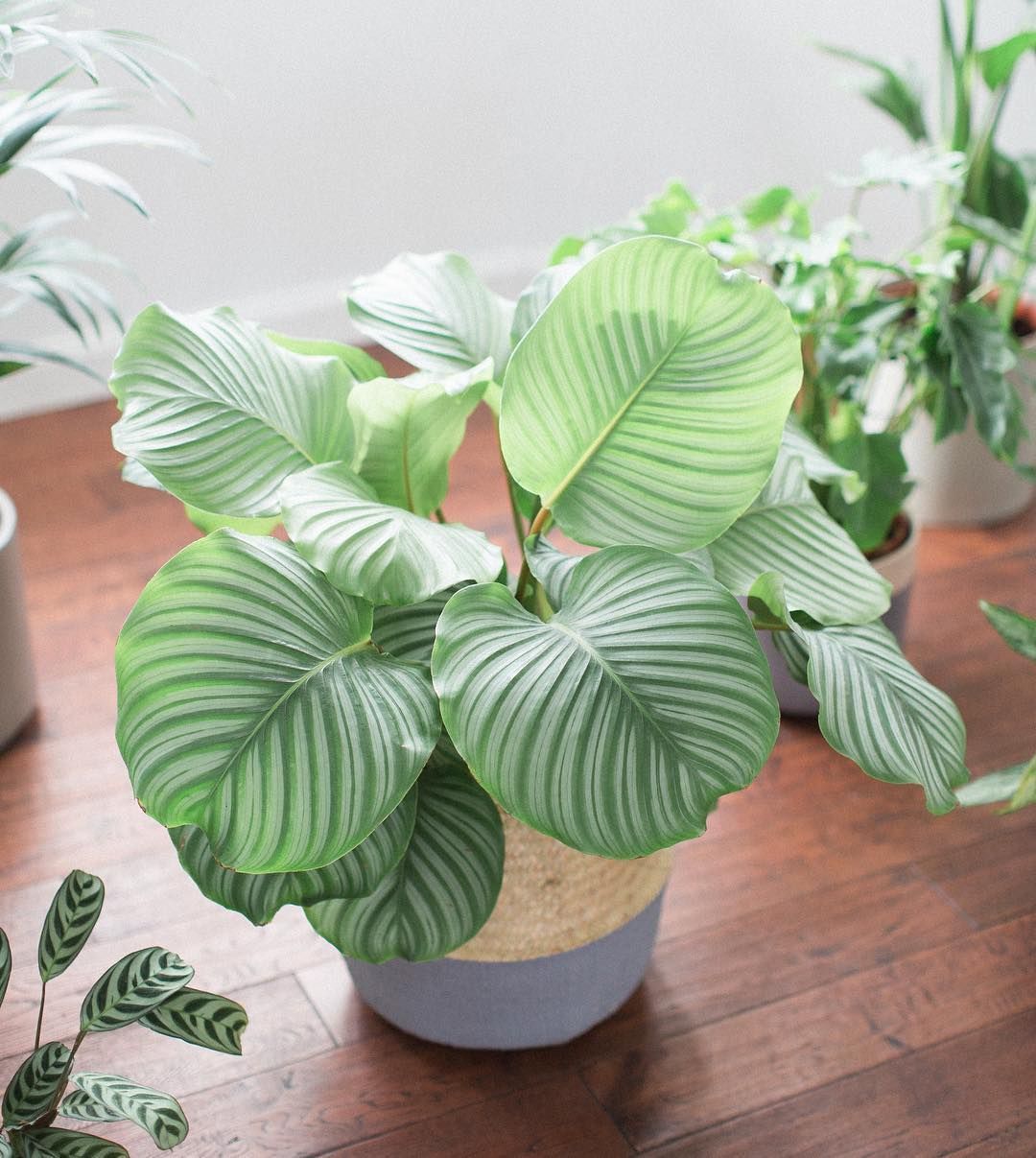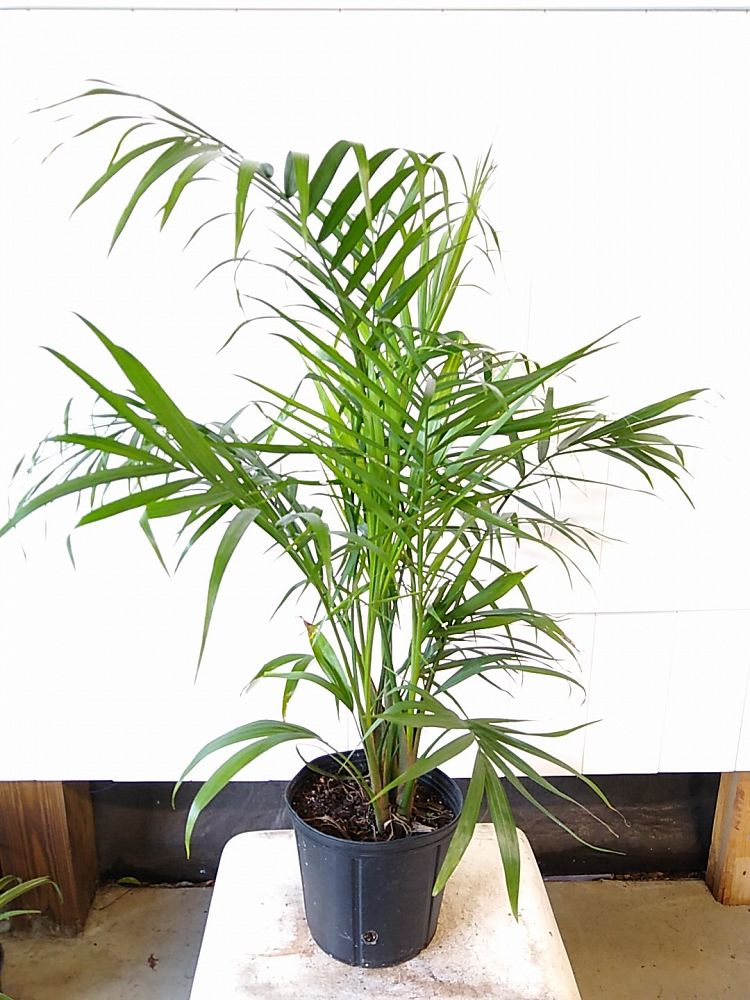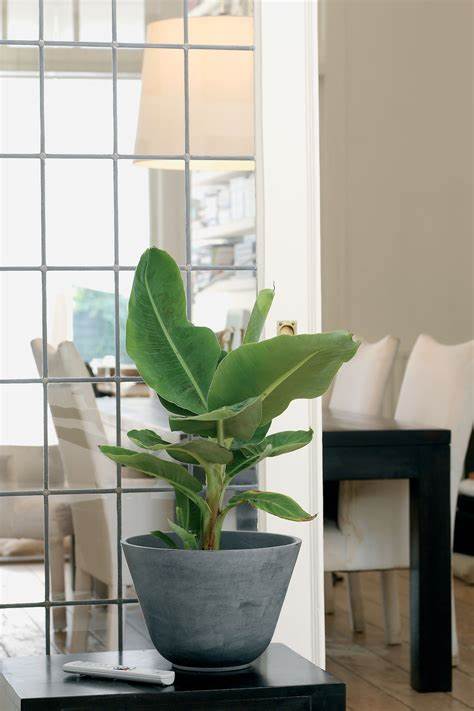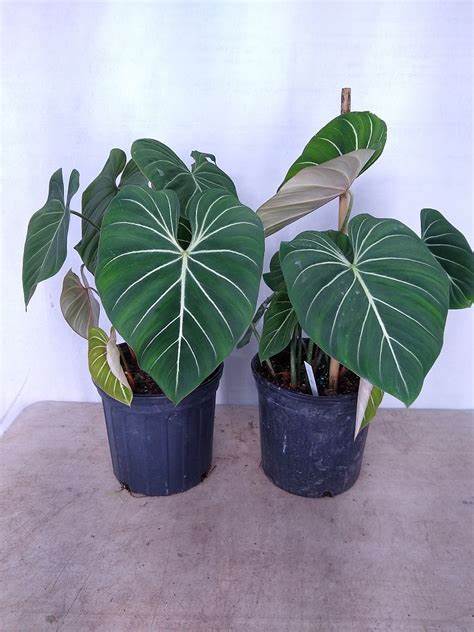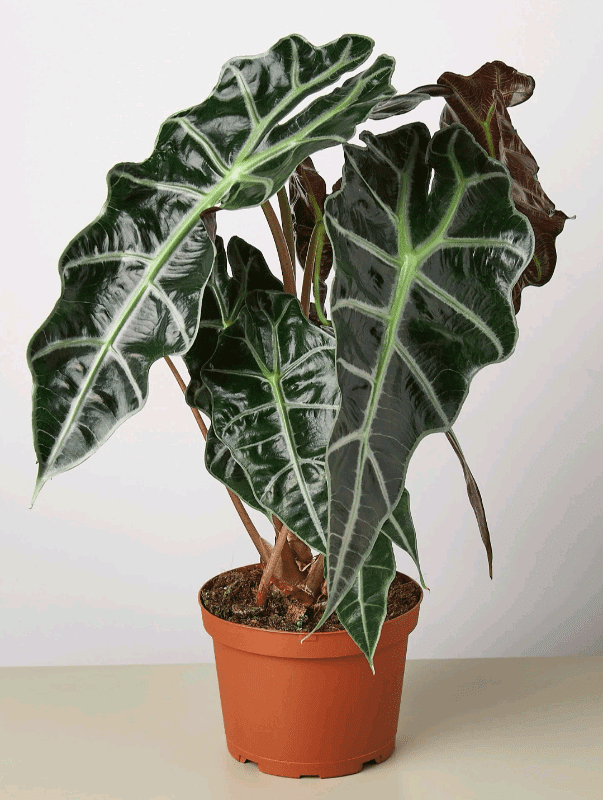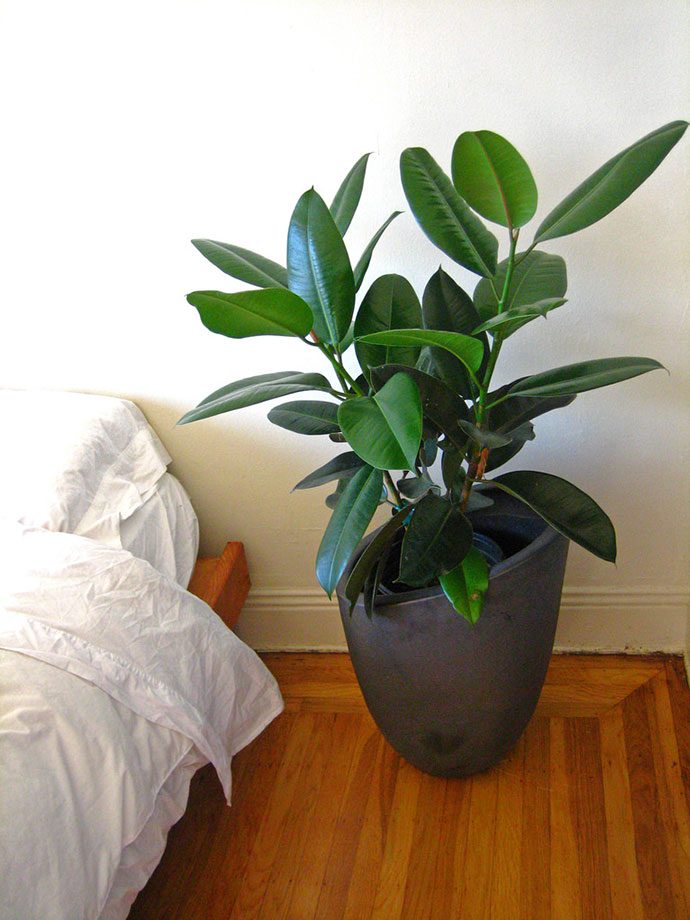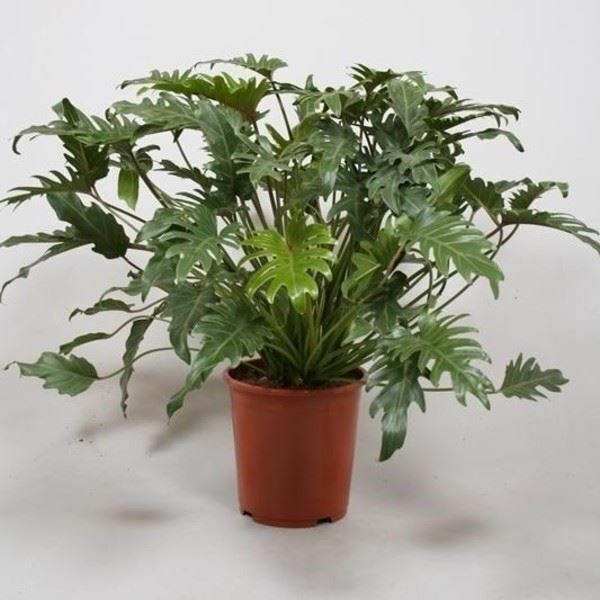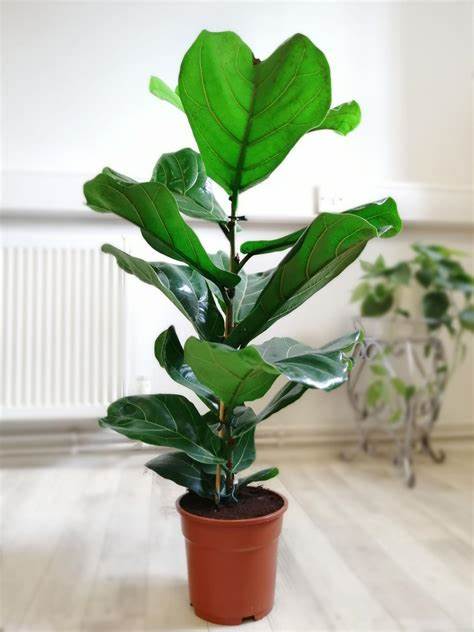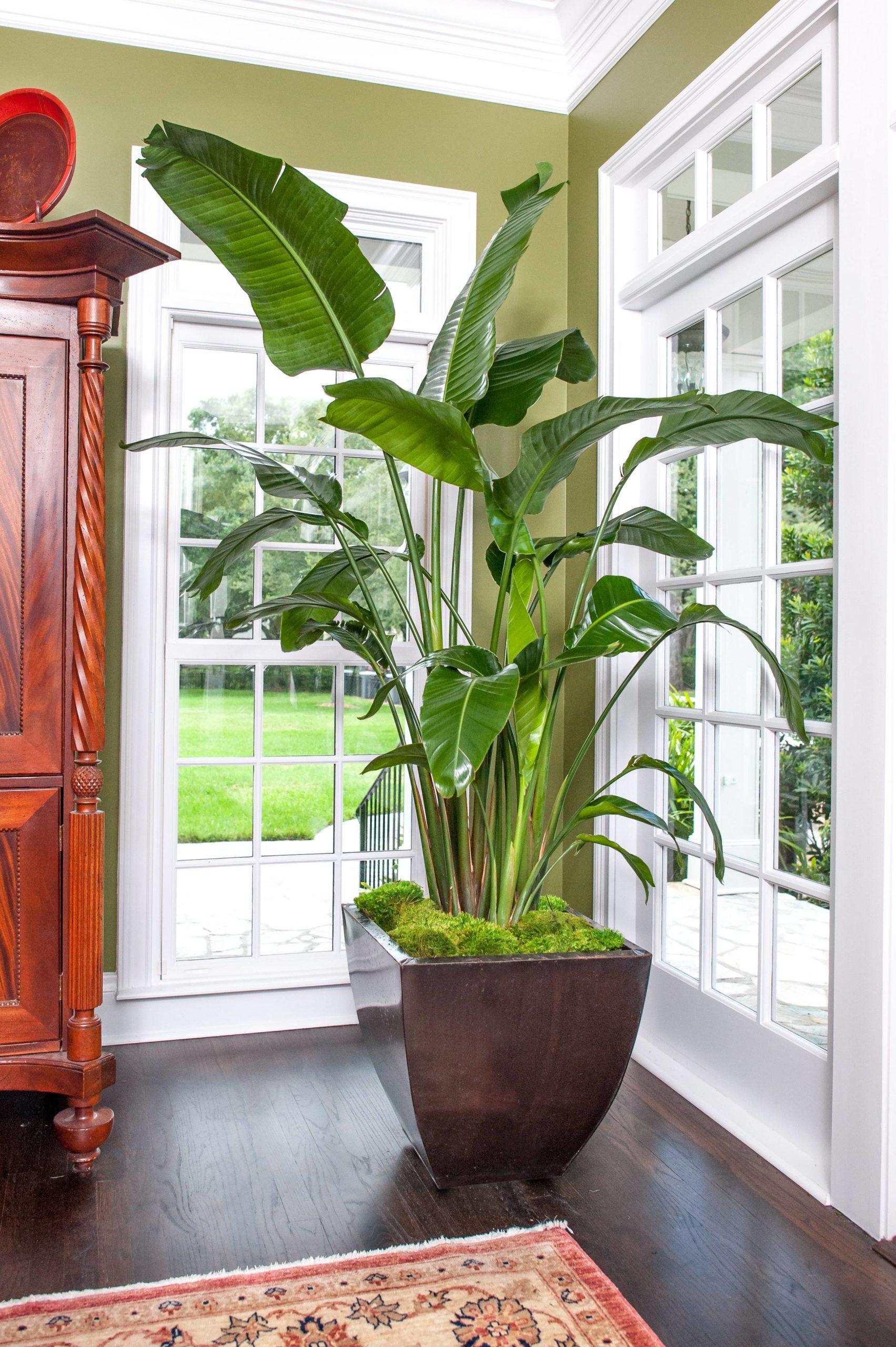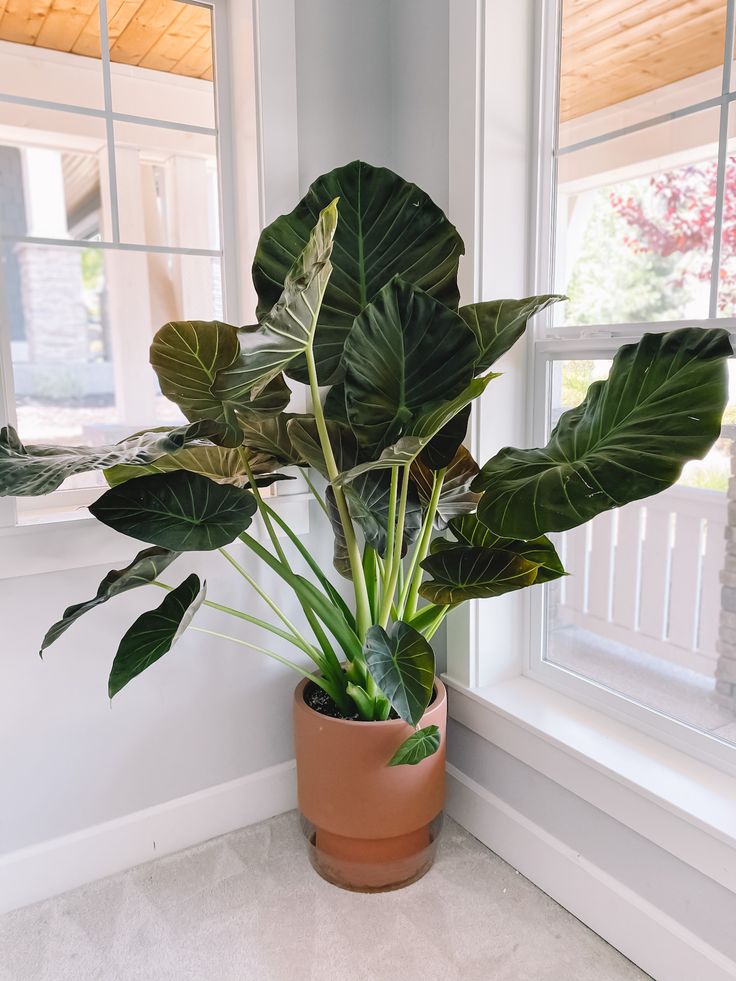Remember my previous article about house plants that can grow easily in water? Well, here’s another article about house plants. This time it is about house plants with big leaves.
Have you ever wondered what kind of house plants have big leaves to give your space more greenery? Well, you’re in luck because I have listed some house plants that will give any home a more majestic feel.
Leopard Plant
Farfugium japonicum is known for its large, shiny pelargonium-shaped leaves that can grow to be 15 inches long, as well as its daisy-like yellow blooms that bloom in the fall and winter. This low-growing shade garden plant can also be used as a houseplant if kept in a warm location with 2-3 hours of early sunlight.
- Light: Requires partial to full shade
- Water: Needs, the average amount of water
- Soil Type: Rich, medium-moisture to wet soil
Rex Begonia
This small houseplant has foliage that is unlike any other indoor plant, and it looks fantastic on shelves and tabletops. While growing, avoid overwatering and keep the soil slightly damp. Avoid spraying the leaves, despite their fondness for humidity.
- Light: Part shade to full shade
- Water: Require regular water, but be careful not to over-water them
- Soil Type: Should be dry to the touch before watering
Hosta
Imagine having hostas indoors, with their large, waxy leaves that range in hue from lime green to blue-green and seem so beautiful in flower beds. It is possible! Water your hosta houseplants frequently to keep the soil moist, and place them in a bright, well-lit area that receives at least 2-3 hours of direct sunlight each day.
- Light: Full shade to part sun
- Water: Require regular water, should never be drought
- Soil Type: Rich, fertile, well-drained
Paper Plant (Fatsia Japonica)
The paper plant’s magnificent foliage gives it the appearance of coming straight from the tropical rainforest. It’s known as a false castor plant because it resembles the castor plant. Fatsia thrives in the shade and can be grown in bright indirect light.
- Light: Full shade to part sun
- Water: Constant “wet feet” is preferable
- Soil Type: Wet, boggy soil
Ruffled Fan Palm (Licuala grandis)
The ruffled fan palm (Licuala grandis) is a distinctive and rare palm with large, pleated leaves that resemble hand fans. While getting a ruffled fan palm is tough, keeping one alive indoors is simple.
Allow the top inch or two of soil to dry between waterings in a bright, indirect light region of your home. The ruffled fan palm has little effect on pets.
- Light: partial sunlight and full shade. Avoid direct sunlight.
- Water: Regular watering but do not overwater
- Soil Type: well-drained but moist, rich organic mix soil
Tropic Snow Dumb Cane (Dieffenbachia seguine)
The tropic snow dumb cane, which can grow up to 10 feet tall inside, is one of the largest varieties of dumb cane. Because of its big, variegated leaves and ease of maintenance, it’s a popular houseplant.
The tropic snow foolish cane can withstand a lot of punishment and thrives in low light conditions. When ingested, however, it can cause skin irritation, rashes, and gastrointestinal upset in cats, dogs, and people.
- Light: Part-shade or bright indirect light
- Water: Once the soil is dry, water it.
- Soil Type: Peaty, well-drained potting soil
Calathea Orbifolia
The praying plant Calathea orbifolia is notable for its massive orb-shaped leaves. Some plant lovers may find it difficult to keep this houseplant happy indoors because it requires high humidity to grow.
Maintain a consistent moisture level in the soil and position your Calathea orbifolia in a location that receives bright indirect light. Calathea is non-toxic to humans and animals alike.
- Light: needs medium to bright sunlight
- Water: Maintain an even moisture level in the soil.
- Soil Type: moist and well-draining soil
Majesty Palm (Ravenna rivularis)
Despite its sluggish growth rate, the majesty palm is a lovely and popular interior palm tree that can grow up to 10 feet tall. Majesty palms are distinguished by their massive green fronds that grow atop multiple stems.
Indoors, it’s a difficult palm to keep pleased, and it’s probably not for those with a very black thumb. You must have the light, temperature, and fertilizer exactly right to keep a majesty palm happy.
Majesty palms do not poison cats, dogs, or humans.
- Light: Daylong bright, indirect light
- Water: Make sure the soil is evenly damp, but not soggy.
- Soil Type: Potting mix for cactus, with extra peat mixed in
Banana Tree Plant (Musa)
The huge tropical leaf of the banana tree can grow up to two feet broad and nine feet long on a mature specimen.
Although banana plants are typically grown outside, they can also be grown indoors in a bright, sunny environment. Ensure that the soil is evenly moistened during the growing season.
This tropical plant is also pet-friendly, which is a bonus.
- Light: The sun is shining brightly.
- Water: Keep the soil wet but not soggy.
- Soil Type: Loamy, well-drained
Philodendron Gloriosum
Philodendron gloriosum is a large-leafed philodendron with velvety deep green leaves and white veining.
If you can’t find it at your local garden center, you may need to order it online or from a local collector. Philodendron gloriosum is poisonous to humans, cats, and dogs if consumed.
- Light: Bright Indirect sunlight.
- Water: Once the top 1-2” of the plant is dry, water it.
- Soil Type: Loamy, well-drained
African Mask Plant (Alocasia amazonica)
The African mask plant is a beautiful houseplant with large deep green leaves with deep white or light green veining. The arrowhead or heart-shaped leaves have a deep purple color on the underside.
This attractive shrub thrives in bright, indirect light and rich, well-draining soil. African mask plants are poisonous to cats, dogs, and humans if eaten.
- Light: Indirect lighting ranges from bright to medium.
- Water: Keep the soil wet but not soggy.
- Soil Type: Moist, well-drained
Rubber Tree (Ficus elastica)
Rubber trees are a popular indoor plant with a wide range of colors and shapes. The enormous, glossy leaves of this tropical houseplant steal the scene. When grown in its natural habitat, the rubber tree can reach a height of 50 feet. Trimming and root limitation can be employed to control the size and shape of the plant when grown indoors.
- Light: Partial shade
- Water: During the growing season, keep the soil moist.
- Soil Type: Soil that drains well
Philodendron Xanadu
The huge, leathery, lobed leaves of the Philodendron Xanadu will make it a focal point in any setting. As the plant ages, the leaves get more complex, with a greater number of lobes. Each leaf has 10 to 15 lobes and can reach a length of 40cm and a width of 30cm.
This is another houseplant that, if eaten, is toxic to humans and pets. It should not be accessible to little children, cats, or dogs.
- Light: Indirect lighting ranges from bright to medium.
- Water: Once the soil is dry, water it.
- Soil Type: Loamy, well-drained
Monstera Deliciosa
Instagram’s favorite plant, Monstera deliciosa, is a massive houseplant with stunning wide fenestrated leaves that instantly adds a tropical vibe to any environment. When grown indoors, the plant can reach a height of 10 feet and have leaves that are three to four feet long.
Unfortunately, the Monstera deliciosa is hazardous to cats, dogs, and humans, causing stomach upset and skin irritation around the mouth when swallowed.
- Light: Bright indirect sunlight, partially shaded
- Water: Once the soil is dry, water it.
- Soil Type: Peat-based potting soil, well-drained
Fiddle Leaf Fig (Ficus lyrata)
Fiddle leaf fig trees are a popular houseplant that provides color to any room. They have large, waxy, fiddle-shaped leaves that can be pruned into a variety of shapes.
These plants have a reputation for being temperamental and difficult to care for, despite their appeal. Fiddle leaf figs, on the other hand, with proper care can grow into full-sized trees.
When grown inside, their size is often regulated by being planted in pots and careful pruning. Fiddle leaf fig leaves are poisonous to humans, cats, and dogs who eat them.
- Light: Bright, Indirect Light.
- Water: Once the soil is dry, water it.
- Soil Type: Loamy, medium moisture, well-draining
Bird of Paradise (Strelitzia)
The bird of paradise is a tropical plant that gets its name from its unusual flower, which looks like a flying bird. Huge, self-heading leaves sprout in layers from a single central stalk on these houseplants.
Indoors, a mature bird of paradise can reach a height of six to seven feet and a width of four feet. On the other side, this plant is exceedingly dangerous to cats and dogs.
- Light: From direct to indirect light, the brightness ranges from bright to brilliant.
- Water: Once the soil is dry, water it.
- Soil Type: Soil that is loamy, rich, and well-drained.
Elephant Ear Plant (Calocasia)
Elephant ear plants are commonly grown outdoors, but they can also be used as massive, show-stopping houseplants. Elephant ear plant leaves can grow up to 3 feet long depending on the kind.
Because this plant might be hazardous if eaten, it should be kept away from small children and dogs.
- Light: Full sun to part shade
- Water: Always keep the soil moist.
- Soil Type: Rich, humusy, damp to wet soil
So, there you have it. A list of some plants with big leaves to try and grow. These are not the only plants with big leaves that you can grow. There are others. However, it would make this list too long. So, choose the plant that you think would best suit your space.


